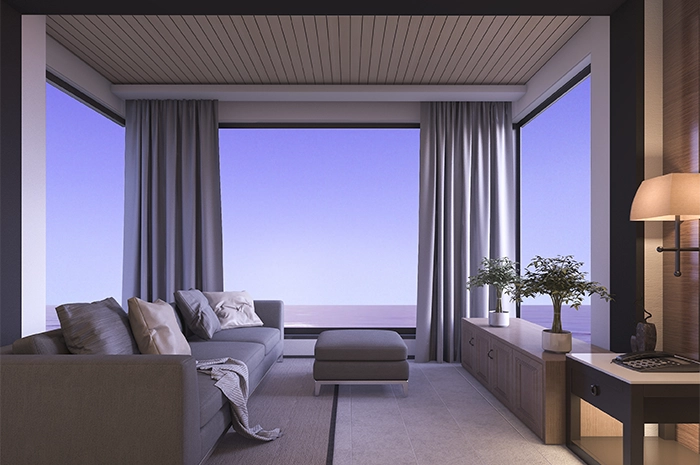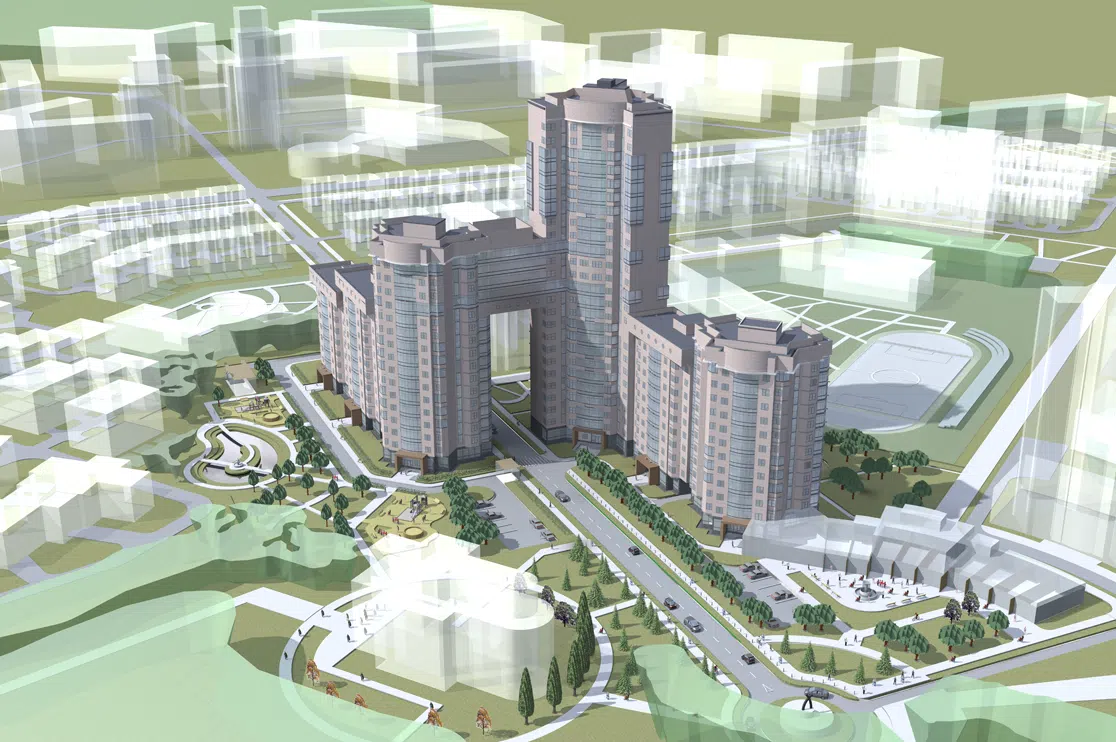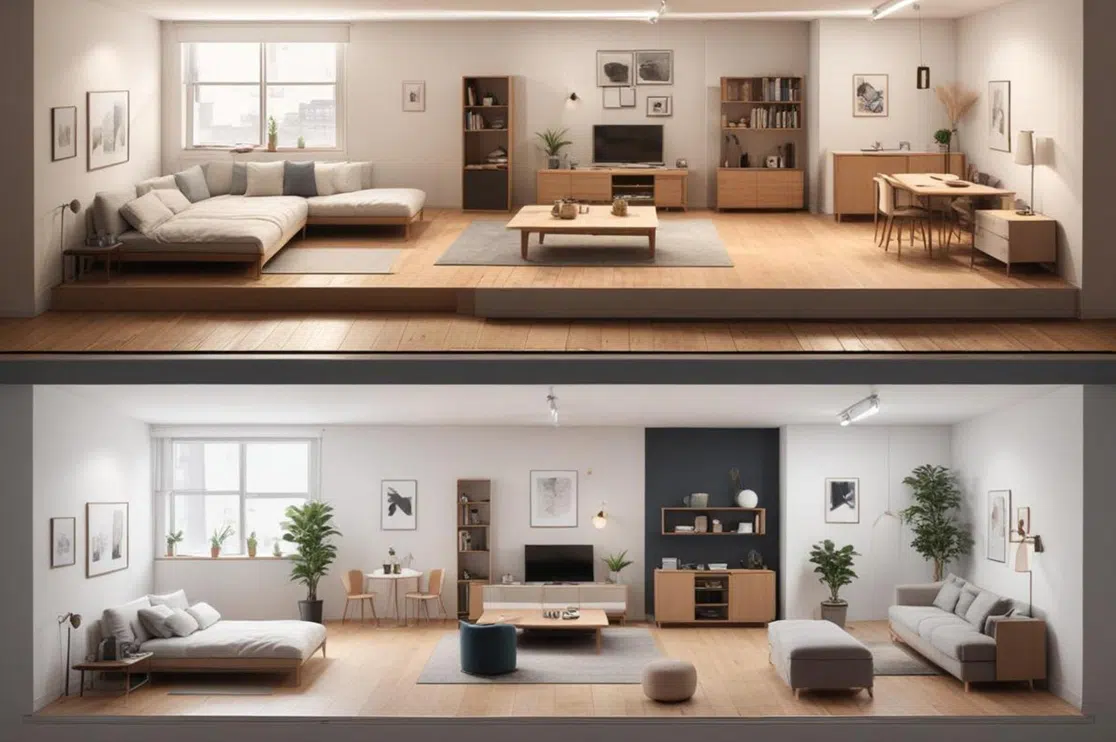When you hear the word “CGI”, James Cameron’s groundbreaking Avatar may come to mind. Sounds new and shiny, doesn’t it, with all the trappings of modern technology? But the history of 3D rendering goes back much further than 2009.
Whether you’re looking to hire 3D rendering services or want to dive into the fascinating story of 3D rendering, this is the article for you.
Table of Contents:
What is 3D Rendering Used For?
3D rendering enables designers, engineers and architects to develop 3D images and animations (photorealistic or non-photorealistic) of any environment or object. This is done with the use of 3D rendering software such as Autodesk, 3ds Max and Maya.
Rendering and modeling are used in various industries, including video games, architecture, film, virtual reality (VR), video blogging, and more. Generally, 3D rendering is the final stage of a project – after it, some small post-processing is done, or the work is considered finished.
In architecture, engineering, and interior design, photorealistic 3D renderings are used for brochures, presentations, marketing campaigns, and more. 3D artists can elicit powerful emotions with rendering, and their work is considered useful for attracting investors and luring in potential clients.
Now that you know how rendering is used, let’s get our teeth into the fascinating history of 3D rendering.
3D Rendering History: A Journey of Innovation
1960s: The Big Bang
The history of 3D rendering goes back to the 1960s, when computer graphics was a budding field of study. In 1962, Ivan Sutherland developed the first rendering program, Sketchpad, while at MIT. This program allowed people to draw, manipulate, and edit simple shapes.
Sketchpad was also the first rendering software that put in place geometric constraints and object-oriented programming. It set the stage for advancements in 3D modeling and CAD software. 3D Modeling in Revit became a major addition.
At the same time, computer graphics researchers were working on techniques for creating immersive and realistic images and representations. It would take about a decade for engineers and researchers to find ways to develop such representations efficiently enough for non-military purposes.
At first, 3D rendering was a time-consuming process and limited to specialized software and hardware. However, progress in the field was made with significant advancements in algorithms and computing power.
Recommended Reading:
1970s: A Teapot Conquers the Rendering World
The 1970s witnessed advancements in texture mapping, pioneered by Edwin Catmull, which mapped pixels from a texture onto a 3-dimensional surface. This originally referred to diffuse mapping. Jim Blinn later used Catmull’s algorithms to apply the first textures and bump mapping.
During this decade, many companies strove to design more advanced software. For example, ADAM (Automated Drafting and Machining) was developed, and could be used simultaneously on multiple systems.
Of course, any article on the history of 3D architectural rendering services would be incomplete without the mention of one of the most iconic 3D models of all time. In 1975, Martin Newell made the “Utah Teapot”, which was one of the first models created with Bézier curves (parametric curves) rather than accurate measurements.
How iconic is this teapot? Well, the next time you’re watching Toy Story or The Simpsons, watch out for the Utah Teapot. Let us know when you spot it. If you’re not one for animations, you can find the teapot featured in various museums and software.
1980s: The 3D Rendering Business Gathers Steam
By the 1980s, 3D rendering had become one of the most sought-after techniques.
The widespread use of CAD in automotive, aerospace and other engineering sectors was brought on by the launch of IBM’s first personal computer in 1981. This decade also saw one of the earliest solid modeling software in the form of UniSolids by Unigraphics.
Indeed, some of the most well-known rendering software was created in this time period. AutoCAD, which revolutionized 2D drafting, was launched in 1983. Pixar’s RenderMan was introduced and progress in ray tracing techniques also took place.
With the accelerated commercial use of 3D modeling and rendering, media saw an explosion of popular franchises, including Star Wars and Nintendo’s video games. Home computers were becoming more common, and 3D computer animations were no longer confined to the realms of academia and military.
1990s: The Dawn of the Modern Age
Further advancements were made in the 1990s with the launch of commercial software such as Maya and 3ds Max, which allowed for greater accessibility to 3D architectural rendering.
Many “stock” 3D rendering software were developed in this decade. CAD software was enjoying the fruits of success, with many industries considering it the standard for product design.
Additionally, prices were falling, allowing smaller companies, freelancers and hobbyists to jump on the rendering bandwagon. 3D animation become widely used, especially in movies and video games. In architecture, it was used for architectural walkthroughs and fly-throughs.
Even with the most advanced technology then available, the rendering for Toy Story was resource-intensive and complex, and needed a vast amount of computing power. Every frame took 45 minutes to 30 hours to render, and the entire movie took over two years.
The 1990s also saw the exploration of freemium business models, as well as applications for emerging manufacturing technology: 3D printing.
Conclusion to 3D Rendering History
Even with all these advancements, the history of 3D rendering and modeling is still young. As rendering technologies evolve, they are expanded to include physically based rendering, real-time rendering, and global illumination.
Interactive formats such as Augmented Reality (AR) and Virtual Reality (VR) are still being explored, and with the introduction of the metaverse, the future can only be more exciting than ever.
Today, 3D rendering is integral part of various industries, including architecture, film, gaming, and virtual reality, enabling the creation of stunning visual experiences.
At BluEntCAD, we understand the power of 3D modeling and rendering. That’s why we offer 3D rendering services, including exterior and interior 3D rendering, architectural walkthroughs and fly-throughs, product modeling, and interactive floor plans.
We serve homebuilders, real estate developers, interior designers, architects, home renovators, interior decorators, design build contractors and remodelers. Browse our portfolio to see how we’ve helped businesses like yours.
Ready to attract investors and wow clients with architectural renders? Contact us now!







 Architectural Rendering: Revolutionizing Urban Planning for Future Cities
Architectural Rendering: Revolutionizing Urban Planning for Future Cities  Real Estate Virtual Staging: Avoid These Mistakes to Sell Your Home Fast (With Pro Tips)
Real Estate Virtual Staging: Avoid These Mistakes to Sell Your Home Fast (With Pro Tips)  How Does 3D Rendering Help with Virtual Staging a House for Sale?
How Does 3D Rendering Help with Virtual Staging a House for Sale?  Best 3D Custom Wardrobe Designs for Your Bedroom
Best 3D Custom Wardrobe Designs for Your Bedroom